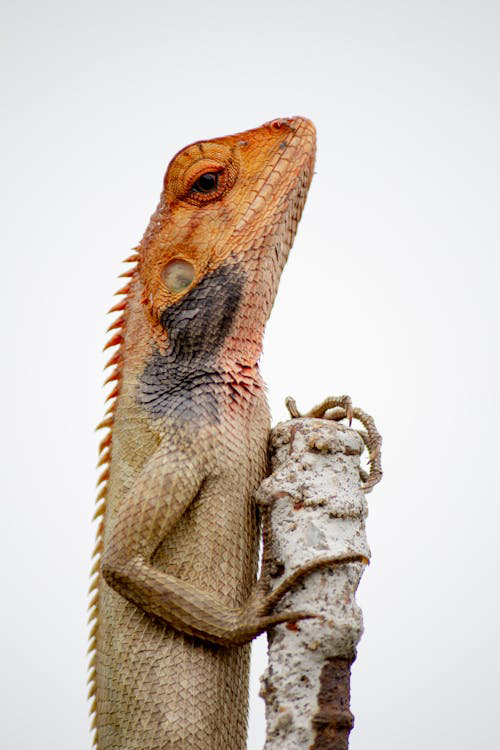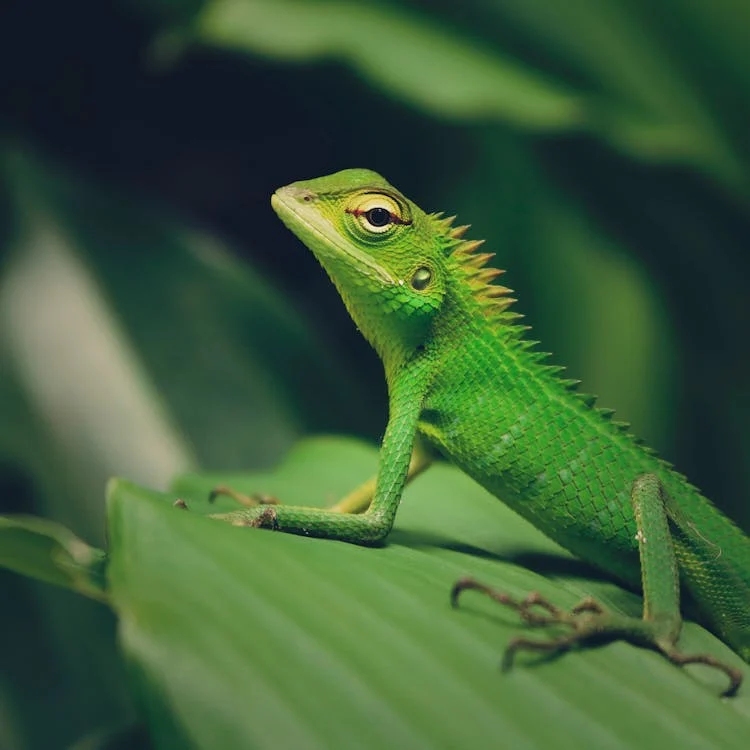- The Lifespan of Osteoclasts: How Long Do They Live?
- What is Monkfish average lifespan?
- What is Amberjack average lifespan?
- What is Sturgeon average lifespan?
- What is Barramundi average lifespan?
- What is Wahoo average lifespan?
- What is Shark average lifespan?
- What is Redfish average lifespan?
- What is Marlin average lifespan?
- What is Pompano average lifespan?
- What is Rainbow Trout average lifespan?
- What is Swordfish average lifespan?
- What is Anchovy average lifespan?
- What is Grouper average lifespan?
- What is Halibut average lifespan?
- What is Carp average lifespan?
- What is Pike average lifespan?
- What is Flounder average lifespan?
- What is Tilapia average lifespan?
- What is Sardine average lifespan?
How Lizards Climb Walls – The Secret of the Climbing Champion

Have you ever watched a gecko defy gravity, scaling a smooth wall with ease? Lizards are the undisputed champions of vertical movement in the animal kingdom, but how do they achieve this seemingly impossible feat? This article dives into the fascinating science behind their climbing prowess.
The Anatomy of Climbing
A lizard’s foot is specially adapted for climbing. Unlike our flat soles, their feet are broad and covered in microscopic hairs called setae. In some species, a single square millimeter of a gecko’s footpad can contain millions of these setae!

Adhesion Mechanisms
These seemingly insignificant hairs hold the key to a lizard’s climbing ability. They utilize weak molecular forces called van der Waals forces to create an adhesive effect. As the setae make contact with a surface, these forces arise from interactions between the electrons in the atoms of the lizard’s foot and the atoms of the wall. The millions of setae working together create a powerful gripping force, allowing the lizard to defy gravity.
Here’s the interesting part: unlike glue, these van der Waals forces are reversible. By slightly adjusting the angle of their feet, lizards can easily detach themselves from the surface, enabling them to move with agility.
Evolutionary Adaptations
The ability to climb walls has provided lizards with a significant evolutionary advantage. It allows them to escape predators, access food sources in high places, and regulate their body temperature by basking in the sun on exposed surfaces. Over millions of years, this selective pressure has led to the development of specialized climbing adaptations in different lizard species.
For example, geckos have the most sophisticated adhesive toepads, allowing them to climb on even the smoothest surfaces. Anoles, on the other hand, have sharp claws that help them grip onto rougher textures like tree bark.

Behavioral Strategies
Climbing isn’t just about physical adaptations. Lizards also employ clever behavioral strategies to enhance their climbing abilities. Many species will spread their legs wide for better leverage, while others may use their tails for additional support or balance. They can even move in quick bursts, relying on momentum to overcome challenging inclines.
Applications in Biotechnology
The remarkable adhesive properties of gecko setae have captured the imagination of scientists. Researchers are exploring ways to mimic this technology for various applications. For instance, the development of synthetic adhesives inspired by gecko setae could revolutionize fields like robotics and medicine.

Conclusions
Lizards’ ability to climb walls is a testament to the power of natural selection. Their specialized anatomy, combined with clever behavioral strategies, has made them masters of vertical movement. Understanding these mechanisms could not only shed light on the evolution of lizards but also lead to innovative technological advancements in the future.



